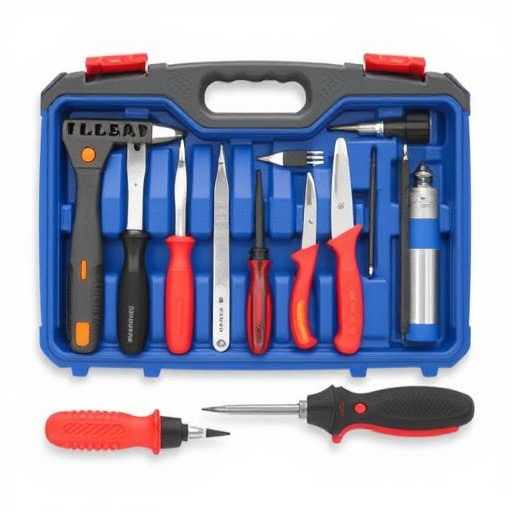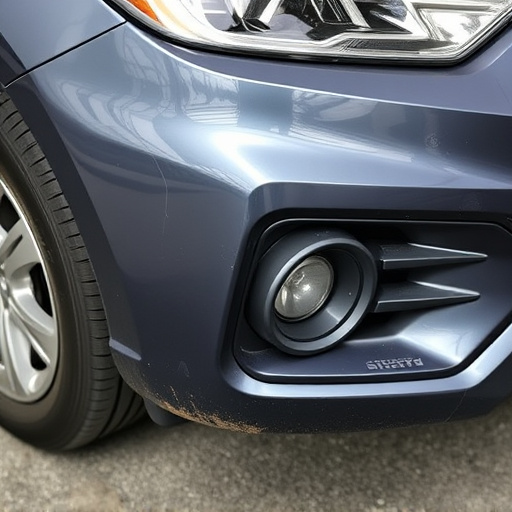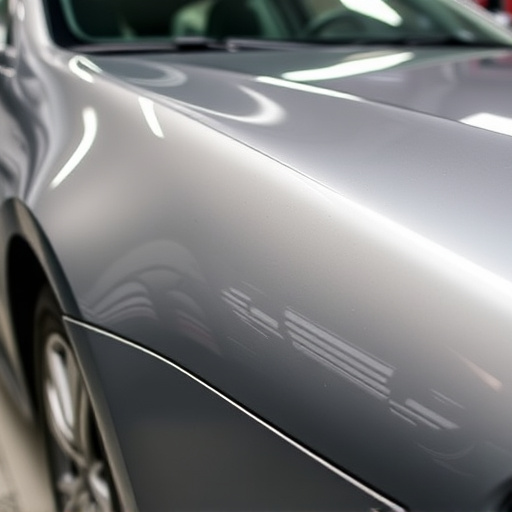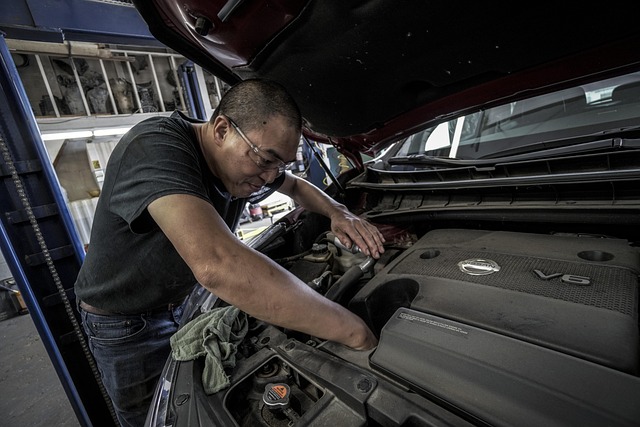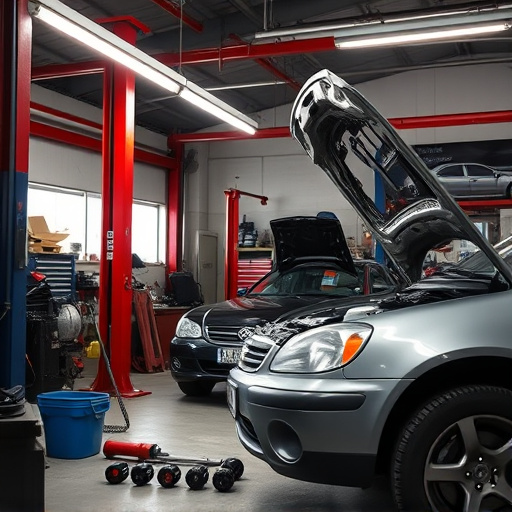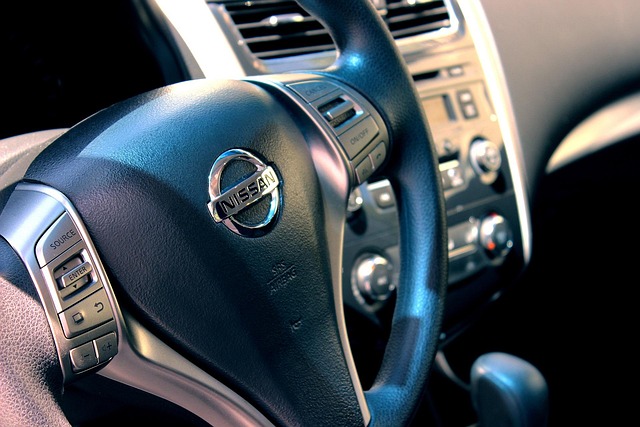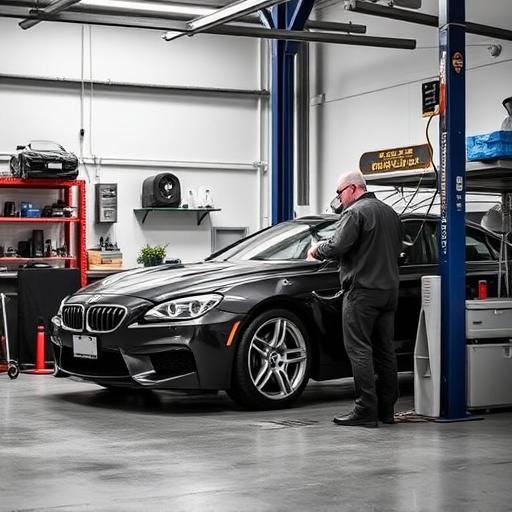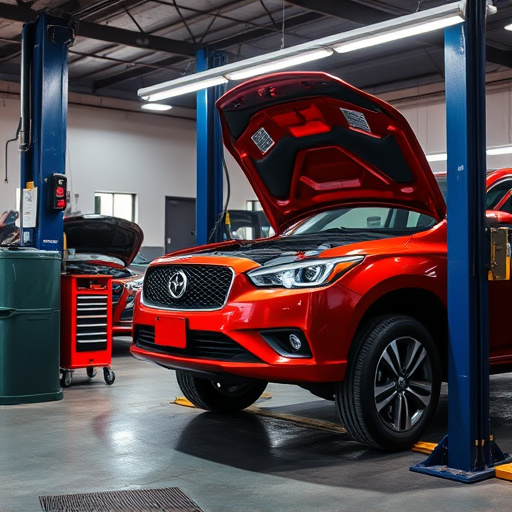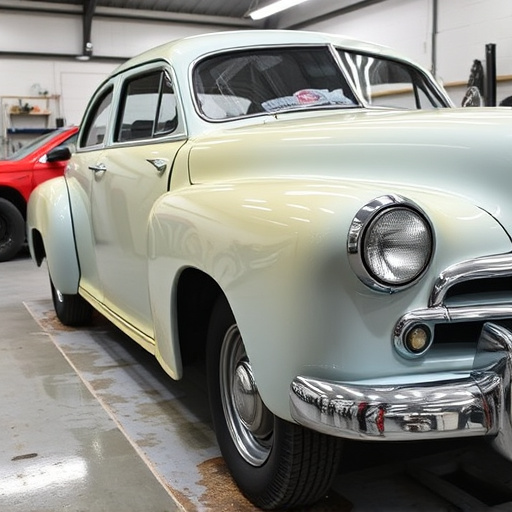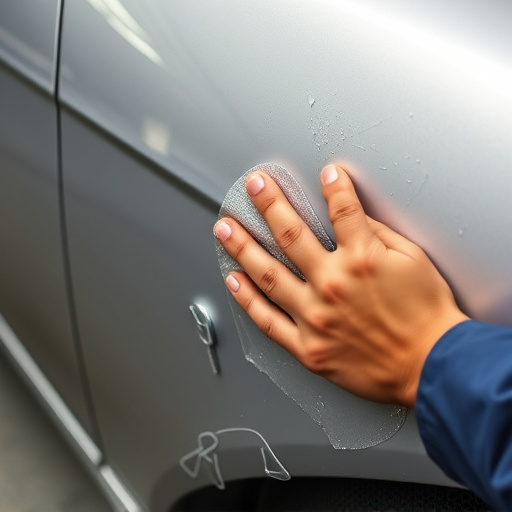A Pre-Delivery Inspection (CPI) is crucial for Mercedes Benz collision repair shops, providing a meticulous assessment of every vehicle component, from structural integrity and mechanical systems to performance and braking. This process ensures high-quality repairs, enhances customer satisfaction, and sets standards through detailed reporting and transparent communication. However, challenges like time pressures, skilled labor availability, technological advancements, and training needs can impact the effectiveness of CPI in emergency collision repairs.
In today’s fast-paced world, immediate response is key during emergency collision repairs. A crucial step often overlooked is the pre-delivery inspection, which can significantly streamline the process. This article delves into the significance and intricacies of this critical evaluation, exploring why it’s an indispensable practice for collision repair facilities. We’ll guide you through the step-by-step process and discuss its numerous benefits, along with addressing common challenges faced in implementing effective pre-delivery inspections.
- Understanding Pre-Delivery Inspection: Why It's Crucial for Emergency Collision Repairs
- The Step-by-Step Process of a Comprehensive Pre-Delivery Check
- Benefits and Common Challenges in Pre-Delivery Inspection for Collision Repair Facilities
Understanding Pre-Delivery Inspection: Why It's Crucial for Emergency Collision Repairs
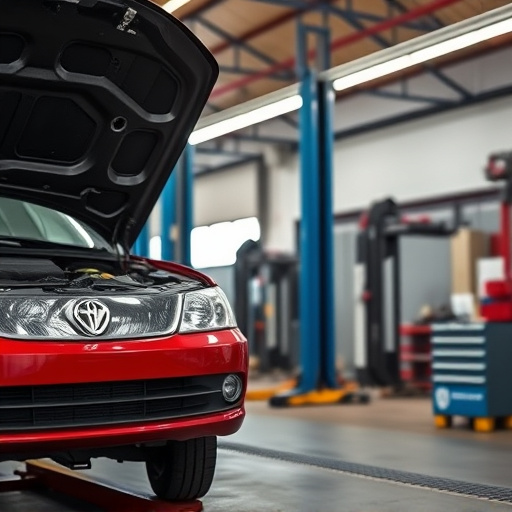
A pre-delivery inspection is a critical step in the process of emergency collision repairs, serving as a thorough assessment that ensures the highest quality standards for vehicle restoration. This meticulous examination goes beyond a basic visual check, involving a comprehensive evaluation of every component of the damaged vehicle. The benefits extend far beyond ensuring aesthetic appeal; it guarantees that every part, from structural integrity to mechanical systems, functions optimally after the collision.
For collision repair shops, like those specializing in Mercedes Benz collision repair, this inspection is paramount. It allows for precise identification of issues and facilitates tailored repairs. By implementing a rigorous pre-delivery process, these professionals can deliver vehicles back to their owners in a safe and reliable condition, minimizing potential risks on the road. This attention to detail not only enhances customer satisfaction but also ensures that vehicles are restored to their pre-incident condition or beyond, setting a new standard for vehicle repair services.
The Step-by-Step Process of a Comprehensive Pre-Delivery Check
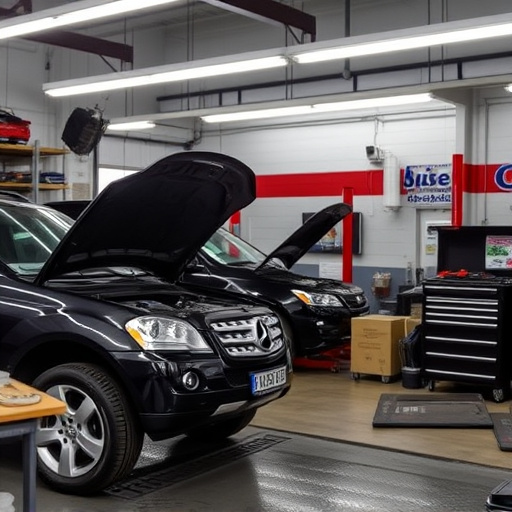
The process of a Comprehensive Pre-Delivery Inspection (CPI) for emergency collision repairs is meticulous and crucial. It begins with a thorough visual assessment, where every inch of the vehicle’s exterior is examined for any signs of damage or deformity, including dents, scratches, and cracks in the paintwork. This initial step helps identify potential issues that might have occurred during transit or storage.
Next, a more detailed inspection involves checking the alignment and structural integrity of the car. This includes verifying the condition of panels, frames, and components, ensuring they are secure and properly aligned. Advanced technology such as laser measurement tools can be employed to assess panel gaps and detect any misalignments with precision. Additionally, the inspection may comprise a test drive to evaluate the vehicle’s performance, steering, and braking systems, especially if there are concerns about structural damage. Once all these steps are completed, a detailed report is generated, highlighting any repair needs, which serves as a critical document for both the customer and the collision repair center, ensuring transparency and facilitating efficient paintless dent repair or car paint services if required.
Benefits and Common Challenges in Pre-Delivery Inspection for Collision Repair Facilities
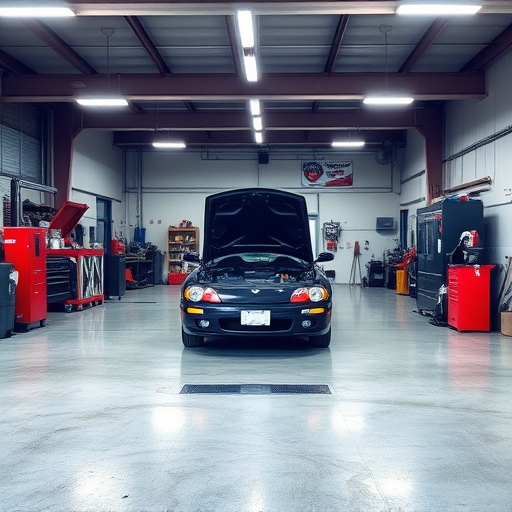
Pre-delivery inspection plays a pivotal role in ensuring top-notch quality control for emergency collision repairs. For Mercedes Benz collision repair centers and other automotive facilities, this process offers numerous advantages. It allows for an early detection of potential issues, enabling efficient planning and resource allocation. Furthermore, it enhances customer satisfaction by setting clear expectations and delivering pristine car body restoration services. The meticulous examination can identify even subtle damages, preventing future complications and ensuring the vehicle’s structural integrity.
Despite its benefits, pre-delivery inspection isn’t without challenges. Car bodywork services often face time constraints in emergency scenarios, making it difficult to dedicate sufficient attention to detail. Skilled inspectors are also in high demand, leading to potential backlogs or less experienced personnel handling the task. Moreover, keeping up with ever-evolving vehicle technologies and repair methodologies can be a continuous challenge, requiring ongoing training and adaptation for collision repair facilities to deliver optimal pre-delivery inspection services.
Pre-delivery inspections play a pivotal role in streamlining emergency collision repairs, ensuring efficient and accurate restoration. By implementing a comprehensive checklist, repair facilities can significantly reduce downtime, optimize resource utilization, and enhance customer satisfaction. This strategic process, involving meticulous evaluation and detailed documentation, allows for swift decision-making and effective communication among stakeholders. Embracing the benefits of pre-delivery inspection can truly revolutionize collision repair services, setting new standards for quality and speed in a competitive market.
